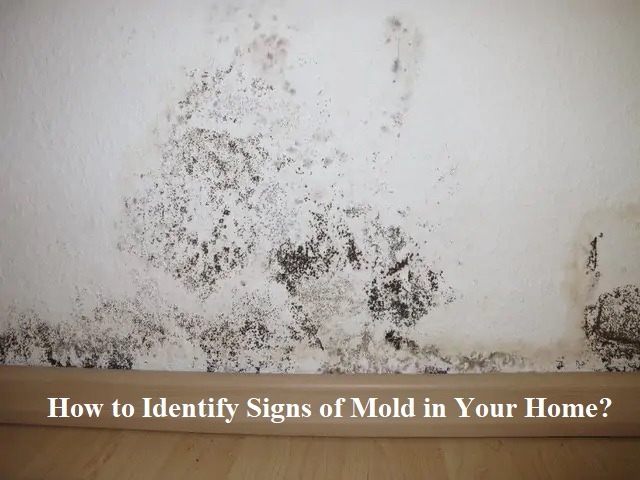Mold is a common problem in many homes, and if it’s not properly addressed, it can cause a variety of health issues for you and your family. It’s important to be aware of the signs of mold so that you can take action as soon as possible to prevent further growth. In this blog post, we’ll go over some common signs of mold in your home and how to identify them.
Visual Alerts
One of the most obvious signs of mold is visible growth. If you notice any dark spots on walls, floors, or ceilings, then this could be a sign that mold is present. Mold often appears as black or green patches and can sometimes look like soot or dirt. It’s important to note that just because you don’t see any visible patches doesn’t mean that there isn’t any hidden mold growth. So, if you suspect that there might be an issue with mold in your home, it’s best to contact a professional for further mold testing.
Musty Smells
Another common sign of mold is a musty smell that doesn’t seem to go away no matter how much you clean. This smell is caused by the presence of microbial volatile organic compounds, which are released from the mold spores themselves. If you notice an unpleasant smell in your home but can’t locate its source, then it may be worth looking into whether there is any hidden mold growth causing the odor.
Health Issues
If you or anyone living in your home start exhibiting symptoms such as coughing, sneezing, headache or fatigue after spending time indoors then this could be a sign that mold is present in your home. Prolonged exposure to indoor air contaminated with mold can lead to respiratory problems such as asthma and allergies as well as other health issues such as skin irritation and fatigue. If these symptoms persist after leaving your home then it’s worth getting your house inspected for potential sources of contamination such as mold growth.
Mold can cause serious health issues if left unchecked, so it’s important to keep an eye out for signs of its presence in your home. Visual alerts such as dark spots on walls or floors could indicate hidden mold growth while musty smells could also point towards its presence. Additionally, if anyone living in the home starts exhibiting respiratory symptoms than this could also be a sign that there is an issue with indoor air quality due to the presence of harmful contaminants like molds and mildews inside the house. To ensure the safety and health of yourself and loved ones make sure to contact a professional immediately should any signs of potential contamination arise within your household.











